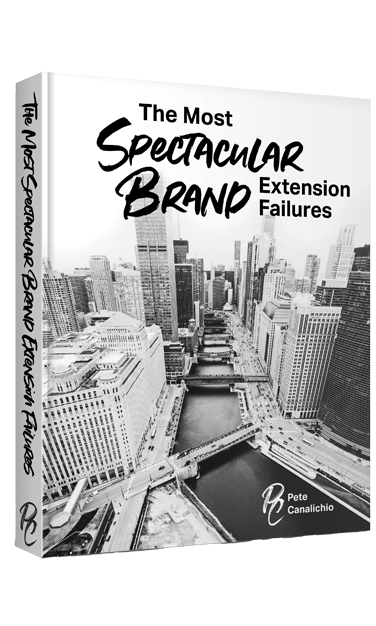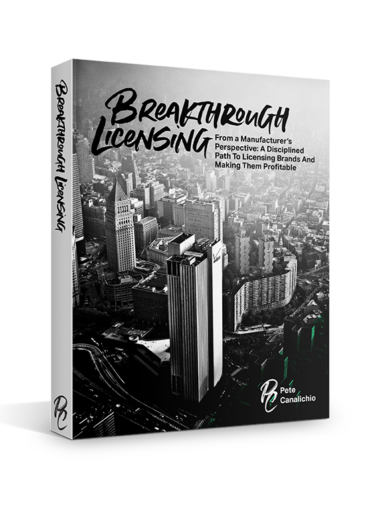After having negotiated dozens of best-in-class brand licensing agreements for both Fortune 500 and smaller companies, I can tell you this: A little preparation and some structure can go a long way toward a successful outcome.
Because the licensor knows the prospective licensee wants to license their company’s brand, they inherently have the stronger position in the negotiation. As such, the licensor can and should use this knowledge to their advantage to ensure the brand is protected and shareholder value is maximized.
However, if the terms are so restrictive that they preclude the licensee from winning any business or handcuff the licensee from being able to gain a sustainable and growing revenue base once they do, the contract is doomed to failure. Similarly, if the terms are so expensive that the licensee cannot recover their investment and subsequently make a profit over the life of the contract, the license will fail before it ever gets off the ground.
Successful licensors keep the end in mind and practice win-win negotiating tactics. Similarly, smart licensees will have identified several choices of brands from which to acquire a license and will set limits on what deal terms they will accept, regardless of their brand preference. In these instances, both parties can shake hands on a set of terms they know will allow them both to be successful.
These terms consist of rights to territories, channels of distribution, covered products and trademarks, work product, quality assurance standards, the licensing approval process, manufacturing facility approval, royalty rates, minimum guaranteed royalties, and sales requirements. Understanding these terms and the commitments you will be making are crucial to an effective licensing contract negotiation and could save your company hundreds of thousands of dollars over the life of your agreement.
My 65-page Brand Licensing Negotiation Manual shows you my exclusive 5-stage negotiation process. Every licensor must follow an internal process before signing an agreement with a licensee. I will take you through the various stages of due diligence and the tools and documents used to enable licensors to track the agreement. Brand owners and manufacturers who wish to build a best-in-class program should familiarize themselves with these documents and the process. The deal approval process generally takes place in five stages.

My 65-page Brand Licensing Negotiation Manual also covers other important deal terms such as:

A whimsical stroll through the graveyard of history's most spectacular brand extension failures.
SEE DEtails
Spend time in increments of one hour with Pete over Zoom discussing topics including brand strategy, marketing strategy, brand expansion and brand licensing.
SEE DEtails
This guide answers just about every question you, as a manufacturer or licensee, might have about finding prospective brands, winning, and profitably running a licensing program.
SEE DEtails